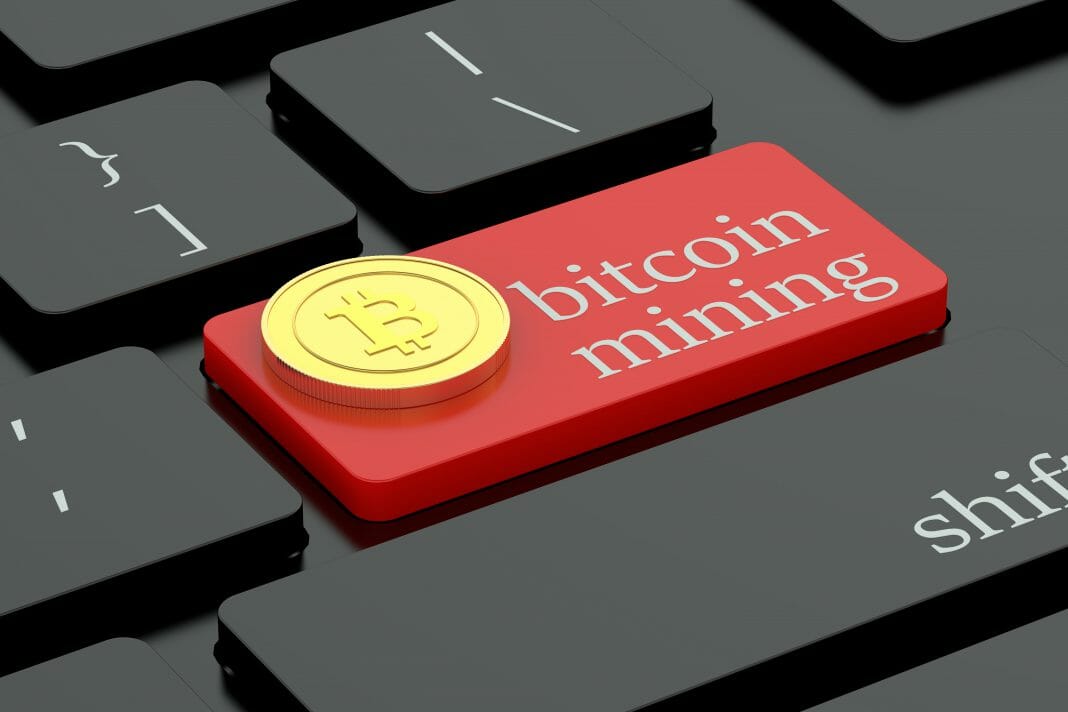Bitcoin miners influence the actual supply of coins in circulation. The halving affects miners and leads them to start a bubble.
Since its launch in 2009, the Bitcoin (BTC) network has been adding new units to the economy approximately every ten minutes. That is the average time that it takes for its participants to solve a math puzzle and consolidate a block of transactions. Besides, the community knows that the maximum number of units that this economy will have is 21 million BTC.
Miners are the ones who directly receive the new coins that the Bitcoin network generates, as a reward for their work. However, receiving that reward only indicates that an address belonging to a wallet has a new BTC entry, ready to be spent. In other words, potentially valuable data that the network has recently generated were attributed to someone.
Even though the miners receive the new bitcoins, they only have a potential effect on the market. The coins will come into circulation if the miners move them and exchange them for something, specifically for US dollars, among other currencies. Otherwise, they do not change the monetary dynamics, since they do not belong to the actual supply.
The community could think the same of long-standing holders, that is, those buying cryptocurrencies to save them beyond the low price, with a view to long-term investment. As they only maintain their coins and do not operate with them, Bitcoin’s monetary dynamics do not affect them. However, they make it clear that, instead of 18 million, there have been 14 million BTC in circulation (about 4 million stationary BTC) for more than 5 years.
As for miners, they need to regularly sell the coins that they mine to cover their operation, upgrade and expansion costs. By doing so, they are the ones entering new coins into the economy, going from virtual to physical. They have an impact on the market, expanding the supply of Bitcoin worldwide.
Flow of Coins
In the face of a halving, the logical solution is that miners should stop selling their bitcoins and retain them until they need to trade them to subsist. They could also wait until the price per unit reaches a new higher point that ensures recovering the profitability of the operation.
By following logic, miners are driving Bitcoin’s price by withholding the supply of new coins. Traders take advantage of this event to inflate momentum and create better arbitrage opportunities. First, they cause a bubble and, then, a burst after taking the profits.
As the Bitcoin network issues more coins and the community nears the last actual circulation of all bitcoins, the effect of the halving decreases and it takes longer to feel it.
Only 3 months after the first halving (November 2012), there was an increase by 1,300% increase (from USD 20 to USD 260), and then rise by 600% (from USD 200 to USD 1,200), 60 times in total. At the time, the supply was 10 million BTC issued, and probably half or less in circulation.
The effect of the second halving (July 2016) took much longer (1.5 years) to create a smaller bubble (from USD 650 to USD 20,000), 30 times in total. At the time, the total and actual supply was much higher: 16 million BTC issued and a possible 10 million in circulation.
Given the current supply of 18 million BTC, with around 14 million coins in circulation, the third halving should have a smoother effect, which will take longer to lead to a smaller bubble.
By Alexander Salazar











